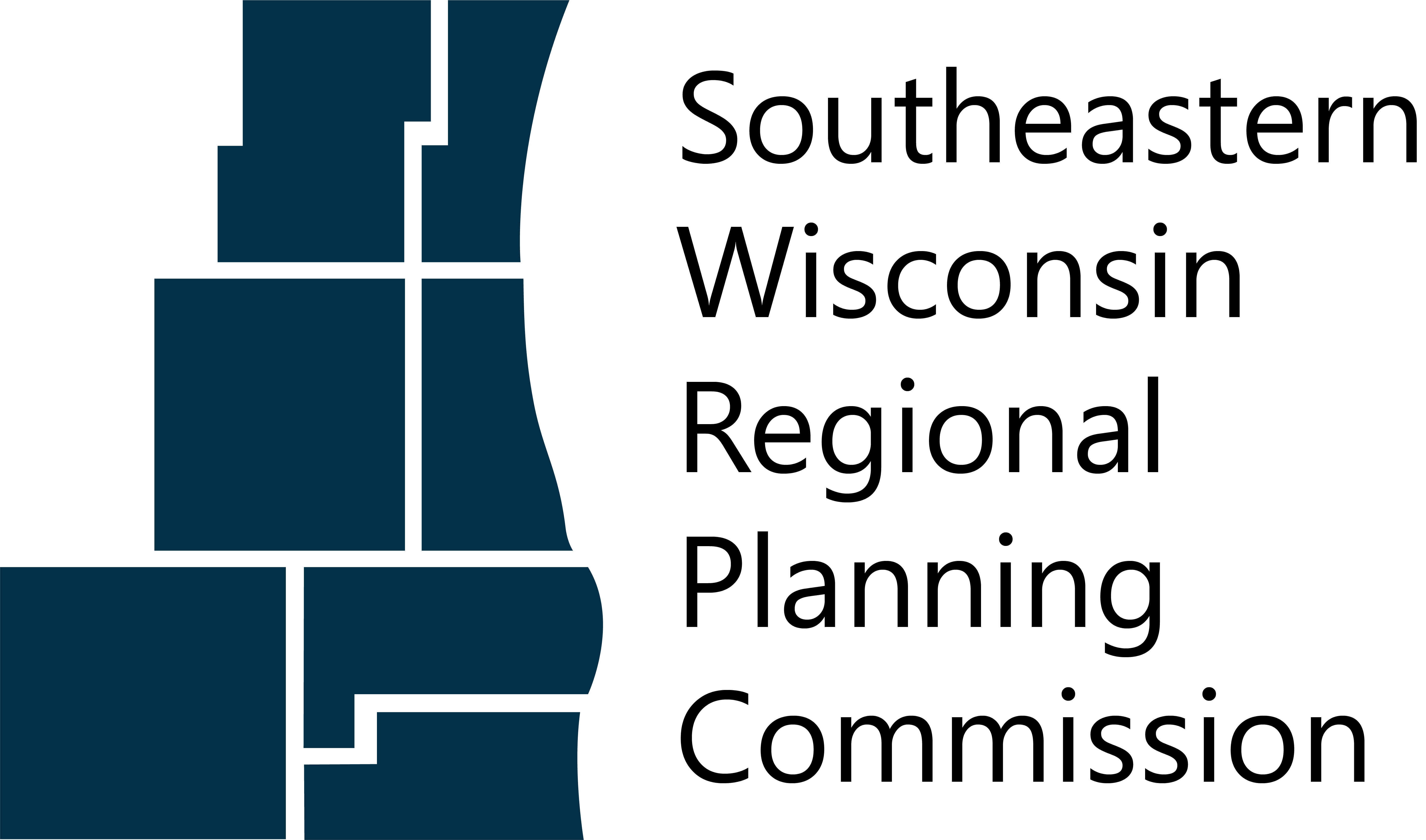Air Quality
The Commission has long worked to address air management issues, with a specific focus on ensuring that Commission transportation plans and programs “conform” to air quality standards.
Air Quality Management
The Federal Clean Air Act (CAA) requires the U.S. Environmental Protection Agency (EPA) to set national ambient air quality standards (NAAQS) for six criteria pollutants considered harmful to public health and the environment. These pollutants include carbon monoxide, lead, nitrogen dioxide, particulate matter (PM2.5), ozone, and sulfur dioxide.
Nonattainment and Maintenance Areas
Within Southeastern Wisconsin, the EPA has designated two ozone nonattainment and one PM2.5 maintenance areas. Areas not meeting the NAAQS for one or more of the criteria pollutants are designated as “nonattainment” areas (NAA) by the EPA. In addition to the nonattainment designation, areas are further classified based on the degree of nonattainment and are given between 3 and 20 years to monitor attainment of the NAAQS. Should an area not meet the NAAQS by the deadline, it is automatically reclassified to the next higher area classification. Areas previously in nonattainment that subsequently meet the NAAQS are called “maintenance” areas.
Depending on the classification of an area, more stringent permitting requirements apply to businesses considered major sources. The Wisconsin Department of Natural Resources (WDNR) has a FAQ page related to permitting requirements which can be found here.
Ozone
The current nonattainment areas were designated as being in marginal nonattainment of the ozone NAAQS of 0.070 parts per million (ppm) effective on August 3, 2018. Since then both ozone areas have been reclassified twice for not meeting the NAAQS by the attainment date and are now classified as being in serious nonattainment. The controlling Monitor design values within the two nonattainment areas are currently 0.078 ppm (Kenosha) and 0.074 ppm (Milwaukee).
Attainment Dates by NAA Classification
| NAA class | 8-hour ozone design value (ppm) | Primary standard attainment date |
| Marginal | 0.071 to 0.080 | August 3, 2021 |
| Moderate | 0.081 to 0.092 | August 3, 2024 |
| Serious | 0.093 to 0.104 | August 3, 2027 |
| Severe-15 | 0.105 to 0.110 | August 3, 2033 |
| Severe-17 | 0.111 to 0.162 | August 3, 2035 |
| Extreme | 0.163 or greater | August 3, 2038 |
Note: Bold text indicates current ozone nonattainment classification of both ozone NAA in Southeastern Wisconsin
Source: EPA
Current and historical monitor data can be found in the WDNR Air Quality Trends Report.
PM2.5
The current maintenance area was initially designated as nonattainment of the primary NAAQS for PM2.5 (12 μg/m3) on October 9, 2009. The Wisconsin DNR Submitted a redesignation request on June 5, 2012. EPA redesignated the area as maintenance effective April 22, 2014. Monitor design values within Southeastern Wisconsin are currently 9 μg/m3 or less.
Effective May 6, 2024, the EPA finalized a new lower primary PM2.5 NAAQS (9 μg/m3). Area designations are expected to be completed in 2026. More information on next steps can be found at the EPA and WDNR websites.
Current and historical monitor data can be found in the WDNR Air Quality Trends Report.
State Implementation Plans
Federal law also requires states to prepare implementation plans for air quality (SIP) to identify how the NAAQS in nonattainment areas will ultimately be met. In Wisconsin, this is the responsibility of the WDNR. The attainment demonstration included in the SIP takes into account many different emission source sectors. Wisconsin SIPs can be found at the EPA website.
Determining Conformity
In nonattainment and maintenance areas, the CAA requires that the fiscally constrained MPO plan and transportation improvement program (TIP) conform with the mobile source emissions budgets included in the SIP. The Commission, as the MPO for Southeastern Wisconsin, periodically prepares a conformity demonstration of the plan and TIP. Commission transportation planning models and the EPA MOVES model are used to produce estimates of mobile source emissions and demonstrate conformity.
This air quality assessment report documents the most recent conformity determination of the year 2050 fiscally constrained transportation system and regional transportation improvement program.
Air Quality Improvement
In recent years, the combination of local controls and offsets implemented in and outside the Region, along with national vehicle emissions control requirements, have resulted in a significant improvement in ambient air quality. Though projections of future emissions indicate a continued decline in precursor emissions and improvement in air quality, the Region’s ability to meet current and potentially lower future NAAQS remains in question. Additionally, Wisconsin’s ability to make further meaningful reductions in ozone is limited. A presentation made to the Wisconsin Air Management Study Group in December 2024 showed that the State of Wisconsin is only responsible for no more than 10 percent of the emissions associated with ozone monitored in Southeastern Wisconsin nonattainment areas.
